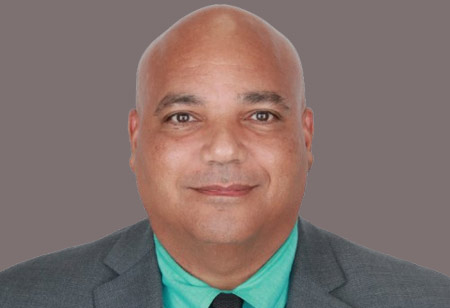Britt Howard is a recognized voice in safety leadership. With a track record of elevating global safety performance, he technical expertise with servant leadership fosters safer, more resilient workplaces. An author, speaker and expert witness, Howard is known for advancing proactive, values-driven safety cultures that protect people while driving organizational excellence.
I commonly share the famous Maya Angelou quote, often paraphrased, emphasizing the lasting impact of authentic emotional interactions. “People will forget what you said, people will forget what you did, but people will never forget how you made them feel.” This symbolizes how I feel about safety cultures.
Over the last 100 years there have been industrial accidents that have included fires, explosions, mine collapse, chemical releases and other catastrophes that have resulted in thousands of deaths and numerous injuries, including long-term health issues.
When I was in high school, I was impacted by an industrial accident where I was exposed to a hazardous chemical release from a nearby chemical plant that took me out of football practice for a week and hospitalized 135 people.
What some people remember most about those catastrophes 100 years after these events, are the injuries, fatalities and potential long term health effects. Safety cultures that did not prevent industrial catastrophes.
Providing safety training to new work family members is a great opportunity to formally establish safety culture and behavior expectations. Routine safety training reestablishes expectations and commitment to working safely
I worked at a Ciba Specialty Chemicals in 1995 in Suffolk, VA when we averaged more than 40 recordable injuries per year. When I departed 6 years later, we averaged less than one recordable injury per year and was recognized by OSHA as one of the safest worksites in the United States (Voluntary Protection Program Certified).
I classify Safety Culture Maturity in three different levels (Immature, Maturing and Mature)
The Mature Safety Culture Level is characterized by:
• The highest level of leadership involvement in the safety programs and processes (e.g., executives say and do the right things, and their behavior is cascaded throughout all levels of leadership)
• Solid and consistently applied safe work planning and execution processes are in place •Work family safety training is in place at all levels
• Work family members engage in the positive safety culture elements (e.g., work family members are part of creating, assessing and evolving the safety program)
• Work family members are consistently recognized for safety performance (positive and constructive)
• Developed Proactive Safety Vision that is easily articulated and embraced by all
The Ciba Specialty Chemical Plant developed into a Mature Safety Culture through focused activities:
• Committed and Engaging Leadership
• Work Family Safety Training (New and Routinely)
• Leadership and Frontline Workers Collaboration (Safety Committee)
• Hazard Recognition and Control
• Caring and Continuously Improving Safety Culture
Committed and Engaged Leadership – The leadership (Those who have authority and resources) commit to an inspiring authentic goal of all work family members experiencing a safe work existence by providing a safe work environment, appropriate training and the equipment to complete work effectively and safely. Leadership is also engaged with how things get done by going to where the work is completed instead of relying totally on what they are told.
I had the pleasure of observing a plant manager who would arrive to the plant around 5am every morning (Commitment) to tour the work areas before shift change so he could converse with as many work family members between the two shifts as he could (Engagement).
Work Family Safety Training (New and Routinely) – All new work family members should complete safety training as part of their welcome and onboarding activity, as close to day one as possible. Providing safety training to new work family members is a great opportunity to formally establish safety culture and behavior expectations. Routine safety training reestablishes expectations and commitment to working safely.
Leadership and Frontline Workers Collaboration (Safety Committee) – A necessary way to become and stay aligned on safety culture aspirations is for leadership and the work family to meet formally on a routine basis to discuss the safety program, initiatives, performance and improvement actions.
Good safety committees have set agendas that includes a set speaking section for the executive leader, guest presenters, open discussion and action item closeout.
Hazard Recognition and Control - During the Safe Work Planning Process is profoundly important no matter how sophisticated the safe work tools, procedures and equipment are the basics still apply to create and maintain a safe work experience.
Safe Work Planning – Anticipating, Recognizing, Analyzing and Controlling the hazards through the utilization of the Hazard Control Hierarchy.
Mature safety cultures have an organic and unspoken way of managing safe work through the collective outlook and proactive safe work behaviors of the work family. I want my work family to remember experiencing a Mature Safety Culture when the think of their time with me.



